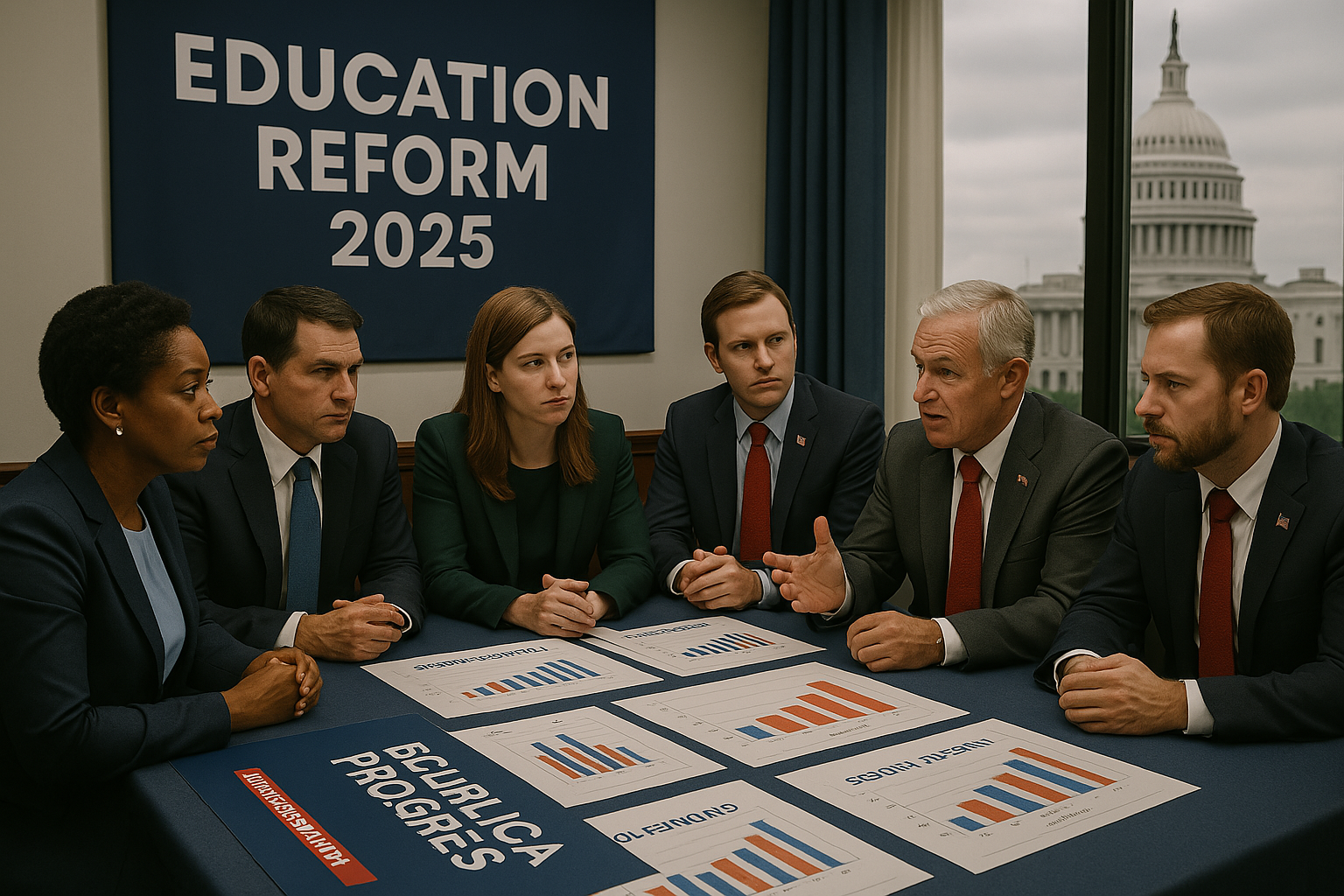U.S. Education Funding 2025: Trump Releases $5.5 Billion

On July 25, 2025, the Trump administration announced the release of $5.5 billion in U.S. education funding 2025, ending weeks of uncertainty for school districts nationwide. The funds, frozen just before the new school year, will support teacher recruitment, English language programs, and arts education. The decision followed bipartisan pressure, including from Senate Republicans, amid fears of disrupted school plans. How will this funding shape the academic year? This article explores the release, its context, stakeholder reactions, and implications for education policy under Trump’s administration.
Details of the Funding Release
The White House confirmed on July 25, 2025, that the Department of Education would begin distributing $5.5 billion to states starting the following week. Part of a $7 billion package approved by Congress, the funds were withheld on June 30, 2025, prompting outcry from educators and lawmakers. The money will support critical programs, including:
- Teacher Recruitment: Over $2 billion to train and hire teachers, especially in low-income areas.
- English Language Learners: Support for students learning English, vital in districts like Deer Valley, Arizona, with growing Taiwanese student populations.
- Arts and Music: Funding for creative programs in underserved schools.
- Migrant Children: Resources for children of migrant farmworkers.
The delay, attributed to a White House “review” for misuse of funds, disrupted districts like Philadelphia, where Superintendent Tony B. Watlington Sr. planned to tap reserves, and Deer Valley, where English language staff faced unpaid periods.
Context of the Funding Freeze
The freeze, announced a day before the July 1 deadline, sparked concerns as schools prepared for the 2025–2026 academic year. The White House Office of Management and Budget cited instances of funds supporting a “radical left-wing agenda,” though specifics were vague. This aligns with Trump’s broader push to cut federal spending, including plans to dismantle the Department of Education, as outlined in the proposed 2026 budget. The budget suggests eliminating funding for English learners and migrant children while consolidating other programs into a smaller, state-controlled pool.
Bipartisan pressure, including a letter from 10 Senate Republicans led by Senator Shelley Moore Capito, and two lawsuits citing the Impoundment Control Act of 1974, which prohibits presidents from unilaterally withholding appropriated funds, forced the release. The administration had already released $1.3 billion for after-school programs the prior week, signaling a phased approach.
Stakeholder Reactions
Lawmakers
Senator Capito praised the release, stating, “This supports critical programs that so many rely on.” However, Senator Patty Murray, a Democrat, criticized the administration, saying it “deserves no credit for averting a crisis they created.” On X, @SenCapitoWV called the decision a “win for students,” while @PattyMurray urged vigilance against future cuts.
School Districts
Philadelphia’s Watlington expressed relief, noting the funds would restore teacher bonuses and recruitment efforts. Deer Valley’s Curtis Finch highlighted the impact on English language staff, saying, “We can now pay our teachers supporting Taiwanese students.” X posts from educators, like @TeacherVoiceAZ, echoed gratitude but demanded transparency on future funding.
Public Sentiment
Parents and advocates on X praised the release but expressed frustration over the initial freeze. @ParentPowerUS wrote, “Kids shouldn’t suffer for political games.” Others, like @EduWatchdog, warned of the administration’s 2026 budget cuts, urging schools to prepare for long-term challenges.
Broader Implications
- Education Equity: The funds are critical for low-income districts, where 40% of U.S. students attend underfunded schools, per a 2025 NEA report. Programs for English learners and migrant children address growing diversity, with 10% of U.S. students classified as English learners in 2025.
- Political Tensions: The bipartisan pushback highlights rare Republican dissent against Trump’s agenda, reflecting education’s universal importance. The lawsuits underscore legal limits on executive power, reinforcing the Impoundment Control Act.
- Future Funding Risks: The 2026 budget’s proposed cuts to English learner and migrant programs signal a shift toward state control, potentially reducing federal oversight and exacerbating inequities.
- School Preparedness: The delay exposed vulnerabilities in school budgeting, with districts like Philadelphia relying on reserves, highlighting the need for stable funding streams.
Challenges Ahead
While the release averts immediate crises, the administration’s “guardrails” to align spending with Trump’s priorities, including restrictions on diversity and equity programs, raise concerns. The proposed 2026 budget cuts could eliminate key programs, forcing states to fill gaps. Educators worry about long-term impacts, with a 2025 EdWeek survey showing 60% of superintendents fear federal funding instability. The administration’s plan to outsource Department of Education duties to other agencies could further disrupt schools.
Conclusion
The release of $5.5 billion in U.S. education funding 2025 brings relief to schools, supporting teachers, English learners, and arts programs. Bipartisan pressure and legal challenges forced the Trump administration to act, but proposed 2026 cuts loom large. As districts plan for the academic year, the funding saga underscores the need for stable education policies. Share your thoughts on this development below, and stay tuned for updates on federal education funding.










